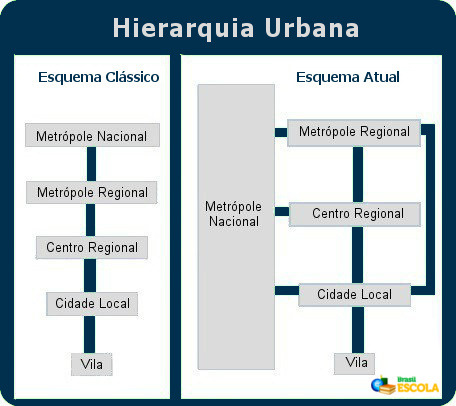arimetic progression is a numerical sequence in which the difference between a term and its predecessor always results in the same value, called reason. For example, consider the following sequence:
(2, 4, 6, 8, 10, 12, 14, 16, 18, 20...)
Let's look at what happens to the subtraction of any term by its predecessors:
20 – 18 = 2
18 – 16 = 2
16 – 14 = 2
14 – 12 = 2
.
.
.
4 – 2 = 2
We can then say that the reason(r) of this number sequence is 2. Consider the following numerical sequence:
(The1, a2, a3, a4, …, Then-1, ano,...)
This numerical sequence can be classified as a Arithmetic Progression (AP) if for any element of the sequence holds:
Theno = then-1 + r, being that r and the reason of the PA
An arithmetic progression can be classified as:
Ascending PA
A PA is called ascending if each term in the sequence is bigger than the previous term. This always happens when the reason is greater than zero. Examples:
(1, 2, 3, 4, 5, 6, …) → r = 1
(-20, -10, 0, 10, 20, 30,...) → r = 10
Constant PA
An AP is considered constant if each term in the sequence is equal to the previous or subsequent term. This always happens when the
ratio equals zero. Examples:(1, 1, 1, 1, 1, 1, …) → r = 0
(30, 30, 30, 30, 30, 30,...) → r = 0
Descending PA
We say that a PA is decreasing if each term in the sequence is smaller than the previous term. This always happens when the ratio is less than zero. Examples:
(-5, -6, -7, -8, -9, -10, -11, …) → r = -1
Do not stop now... There's more after the advertising ;)
(15, 10, 5, 0, -5, -10,...) → r = -5
Given any arithmetic progression, knowing the first term of the sequence and the reason for the progression, we were able to identify any other element of this BP. Note that a term subtracted from its predecessor always results in reason. In a PA, we can write noequalities that follow this pattern, which allows the assembly of a system of equations. Adding the (n - 1) equations side by side, we will have:
The2 – The1 = r
The3 - a2 = r
The4 - a3 = r
The5 - a4 = r
.
.
.
Theno - an-1 = r
Theno - a1 = (n - 1).r
Theno = the1 + (n – 1).r
This formula is called General Term of a PA and through it we can identify any term of an arithmetic progression.
If we wish to identify the Sum of the terms of a finite PA, we can observe that, in any finite arithmetic progression, the sum of the first and the last term is equal to the sum of the second term and the penultimate term, and so on. Let's see a scheme below to illustrate this fact. snorepresents the sum of terms.
sno = the1 + the2 + the3 + … + then-2 + then-1 + theno,
The1 + theno= the2 + then-1 = the3 + then-2
When adding each pair of terms, we always find the same value. We can conclude that the value of sno it will be the product of this sum by the amount of elements that the PA has, divided by two, as we are adding the elements "two by two". We are then left with the following formula:
sno = (The1 + theno).n
2
By Amanda Gonçalves
Graduated in Mathematics



